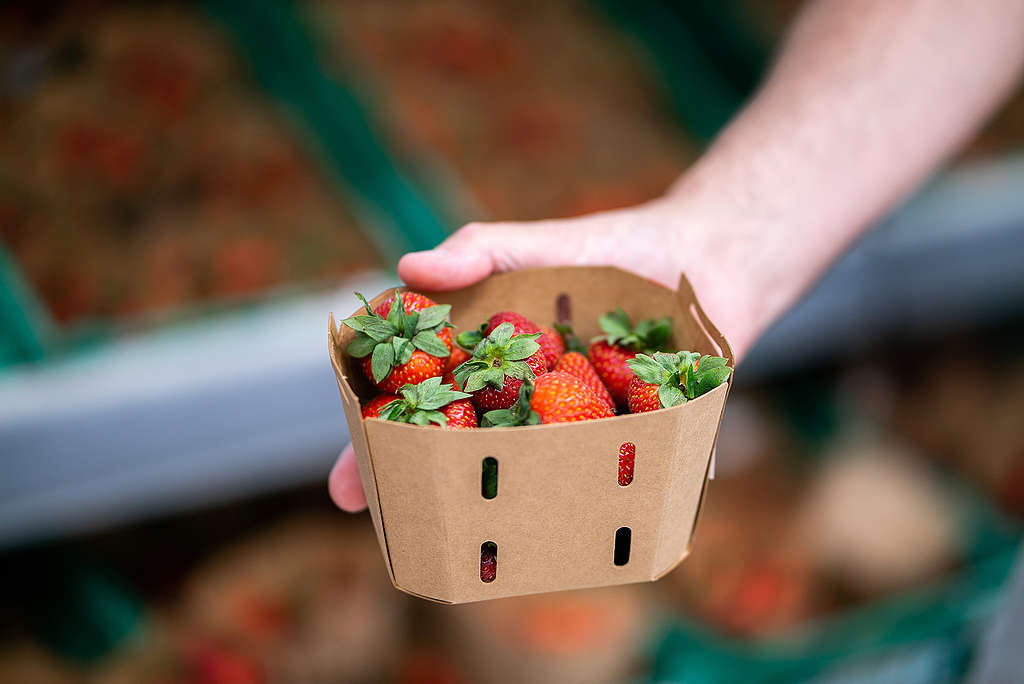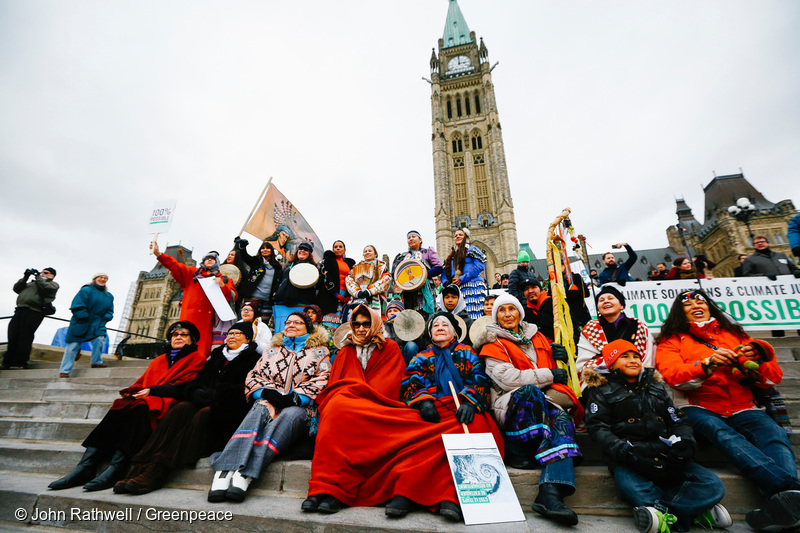Opportunities to live more ethically and more sustainably seem to be everywhere. This is especially true when it comes to the food we eat, which has a profound effect on the environment. With the global population expected to reach 9.7 billion in 2050 [1], which will mean many more hungry mouths to feed, I compiled a list of 6 ways we can all fight climate change and support local communities by making smarter food choices:
- Power yourself with plants. Agriculture and related land uses are currently responsible for one quarter of global greenhouse gas emissions. About 60% of that comes from meat. [2] By choosing to eat more plant-based meals and less meat, not only will you cut down on your carbon footprint but you’ll also save precious water supplies and eliminate the need for crops to be grown and fed to livestock. With countless phone apps and plant-based recipe books available, it’s never been easier to eat with the planet in mind!
- Buy local and seasonal fruits and vegetables. Often, the best foods can be found right under your nose. By shopping at local markets and relying on fresh fruits and vegetables, you eliminate the need for food to travel great distances to get to your plate. Buying from local shops is also a great way to support workers in your community.
- Waste less. We are wasting too much food while many people still go hungry. Second Harvest, Canada’s largest food-rescue charity, estimates that as much as 60 percent of food grown or raised ends up in the compost, or worse, the garbage. [3] Reasons include buying too much, cancelled orders and grocers throwing away food nearing its ‘best-before’ date. To prevent food waste, prepare a grocery list before shopping and make what you know you can finish. Freeze extra produce (frozen ripe bananas are great for smoothies!), and turn that bread into croutons!
- Get cookin’. Nothing beats a nutritious, home-cooked meal prepared with a dash of time, love and care. When cooking from scratch, you can often find a way to use everything that’s in your fridge. Even those wonky shaped veggies or foods that have slight blemishes can go into the pot!
- Grow what you eat. Many fruits, vegetables and herbs can be grown anywhere with sufficient sunlight, water, soil and nutrients. Growing your own food in your backyard is a great way to reconnect with nature and learn a new skill. Live in an apartment? Take the initiative to propose a rooftop garden at your next general meeting!
- Make decisions together. Kids love to learn. If you’re a parent, go grocery shopping with your children. Have them pick out the Ontario-grown apples, or wild mushrooms from the forests of BC, and talk to them about seasonal foods. Your local school might even be interested in a community garden to help students learn about food production first hand!
From changing up your breakfast to casting your ballot, there’s much you can do to support a planet that’s healthy, clean and green. With the Canadian federal election taking place on October 21st, now is the time to amplify each other’s voices to push for positive change and elect a candidate who prioritises the protection of the environment.
Are you looking for more ways to reduce your foodprint to create a more sustainable world for future generations? Here’s a helpful guide on plant-based proteins and recipes to get you started in the kitchen.

A hand holding a cardboard box full of strawberries.
SOURCES
[2] IPCC (2019). Special Report on Climate Change and Land. p.5
[3] Second Harvest. The Avoidable Crisis of Food Waste.
Questions, criticism, suggestions, feedback, thoughts, your general weird thoughts on the world… shoot me a message: [email protected]



